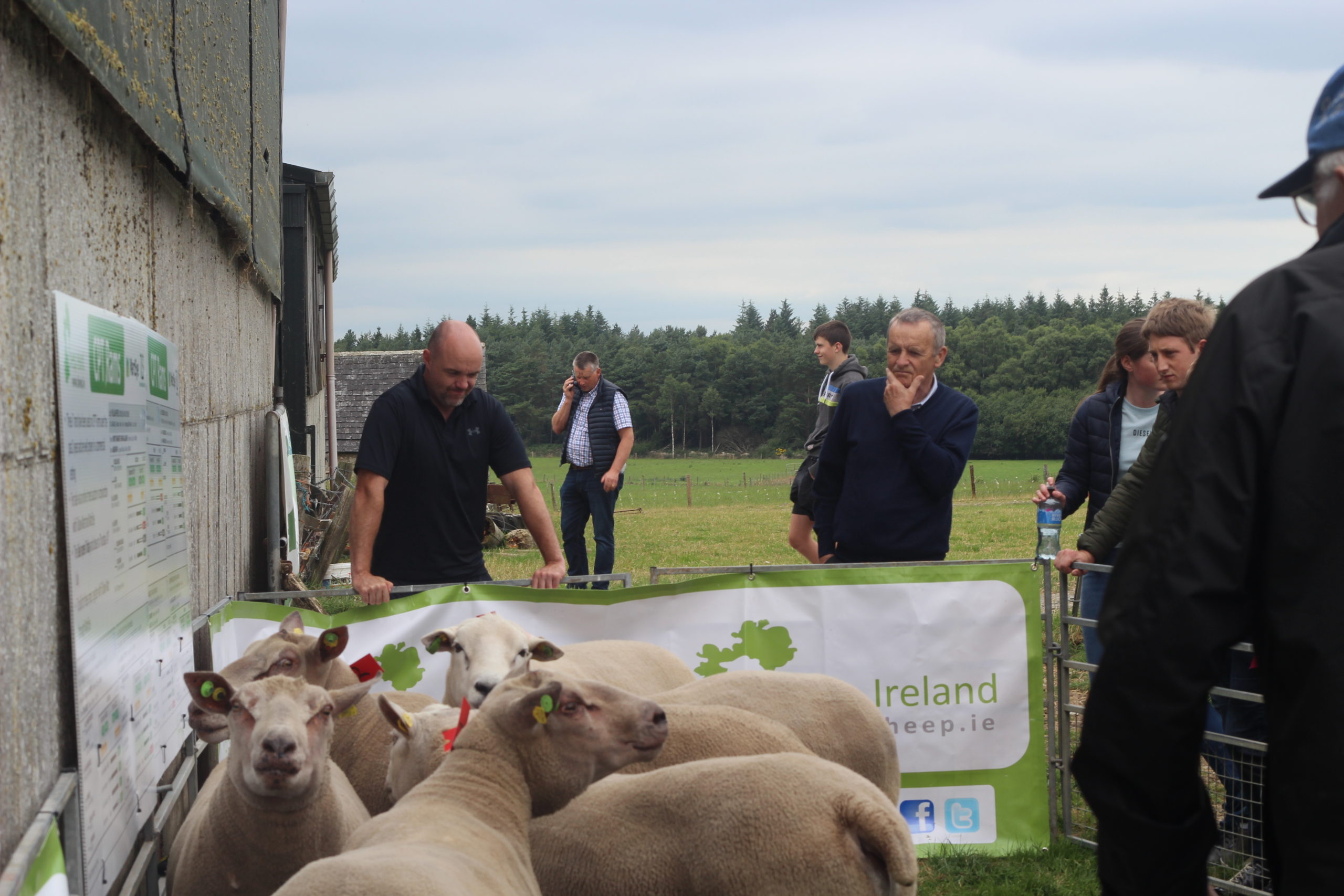The first evaluation of 2023 with the latest updates and 2023-born lambs included has been published today, March 23rd.
The first evaluation can be an exciting and anxious time for breeders as they get their first glimpse of how their 2023 lamb crop has been ranked. Several updates have been made to the genetic evaluation model itself for 2023.
- Incorporating the Ewe Motheringability trait into the Replacement index. CPT flocks have been recording ewe Motheringability since 2015, and LambPlus flocks since 2018 with over 50K records available. The Replacement Index will now reward bloodlines that produce more attentive mothers. For more information on how to record this trait, see here. This change will impact the €uroStars of some animals, depending on how good or bad they have ranked on the Ewe Motheringability trait. Perhaps not surprisingly, we have found a strong genetic correlation (70%) between good mothers and lamb survival.
- Accounting for the mating type of the ewe in the Number of Lambs Born and Barreness ebvs. There has been a shift in the structure of the CPT in recent years from 100% Laparoscopic AI to predominantly Natural service with a small proportion of Cervical AI. Taking the mating type of the ewe into account helps to remove some of the additional factors that may affect the Litter Size of the group (eg, Supplementary Hormones, Increased risk of infection). From the 2023 mating season, flocks will be asked to record the mating type of their ewes (i.e., AI’d, Scyncronised with Natural Service, or Natural Service). Recording mating type will help increase the accuracy of the Number of Lambs born and Barreness ebvs for the flock.
- Based on Genomic Analysis, all the Blackface Mountain strains were similar enough at the genomic level to be grouped as one breed in the genetic evaluations. This will increase the pool of potentially available data and improve the accuracy of the breeding values for these hill animals once sufficient data has been recorded in the database.
- Improving the breed solutions for Days to Slaughter and Number of Lambs Born (NLB). It is important to note that updating the breed solutions does not change the €uroStar rating of an animal as it moves the entire breed together. However, it can affect the overall ranking of different breeds. Carcass data was introduced into the evaluation in 2019. This data was used to predict the breed solution for Days to Slaughter for each of the breeds. While there is relatively abundant carcass data for the larger breeds (i.e., Texel, Charollais, Suffolk, Belclare), the smaller and less well-recorded breeds relied on much less data to build their breeds Day to Slaughter breed solution. This new approach now considers other data points and any available carcass data, including the breed’s 150 Day Weight and Confirmation Breed solutions. This update provides a more accurate picture of each breed’s explanation for the Day to Slaughter trait. The NLB breed solutions have also been updated and are now totally driven by the data available on each breed.
Once changes are implemented, a validation study of the model is run to check if the model is working better than before. These changes increase the model’s accuracy by a few points, giving confidence that these updates will improve the breed improvement programme.
As always, before any changes to the genetic evaluation model are released, they are presented to the Technical Advisory Group (TAG), which is comprised of two international experts, an Irish expert, and a Sheep Ireland Board member. Only changes this group agrees on are technically correct and brought forward to the Sheep Ireland board for approval. This process increases the robustness and oversight of the genomic evaluation.

